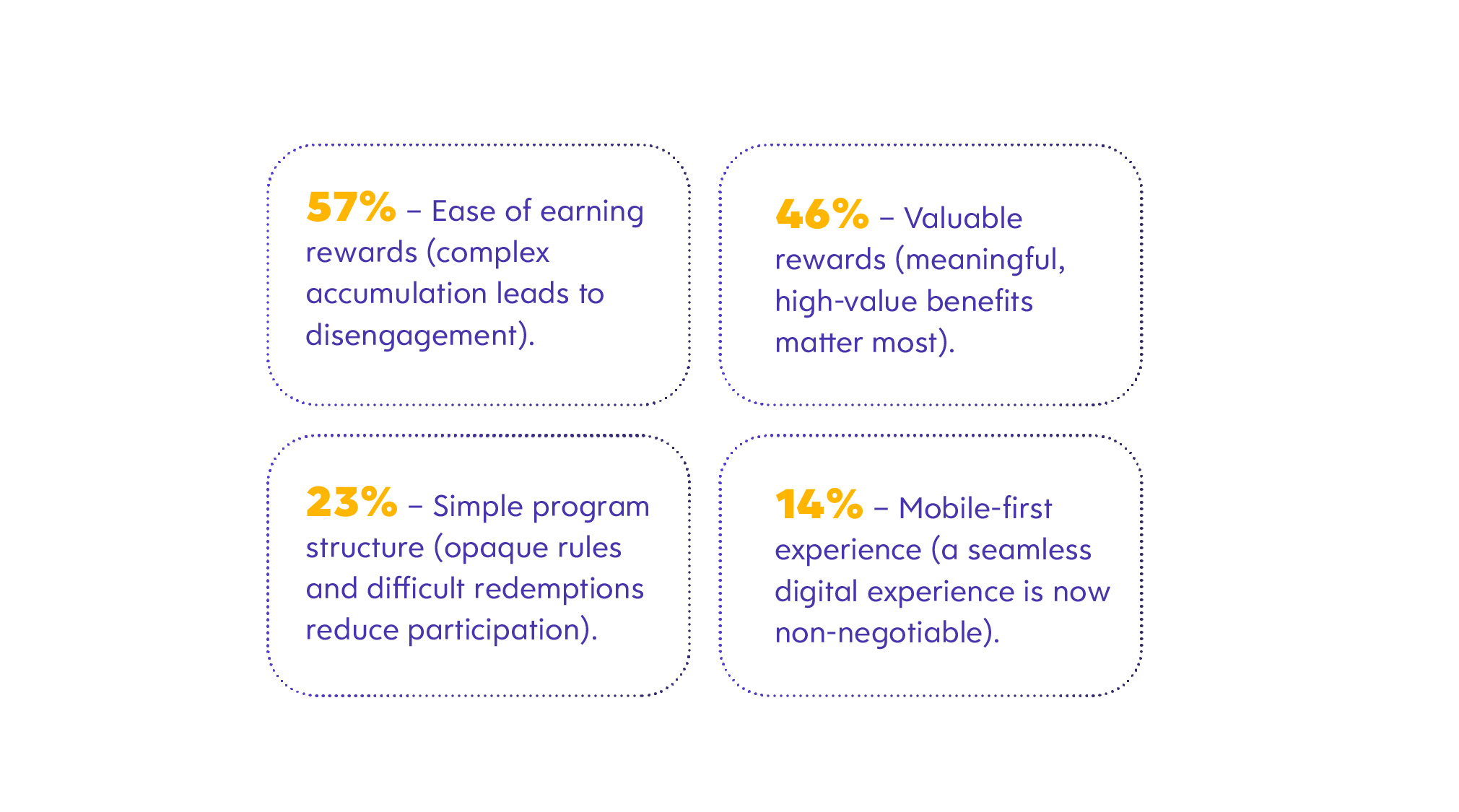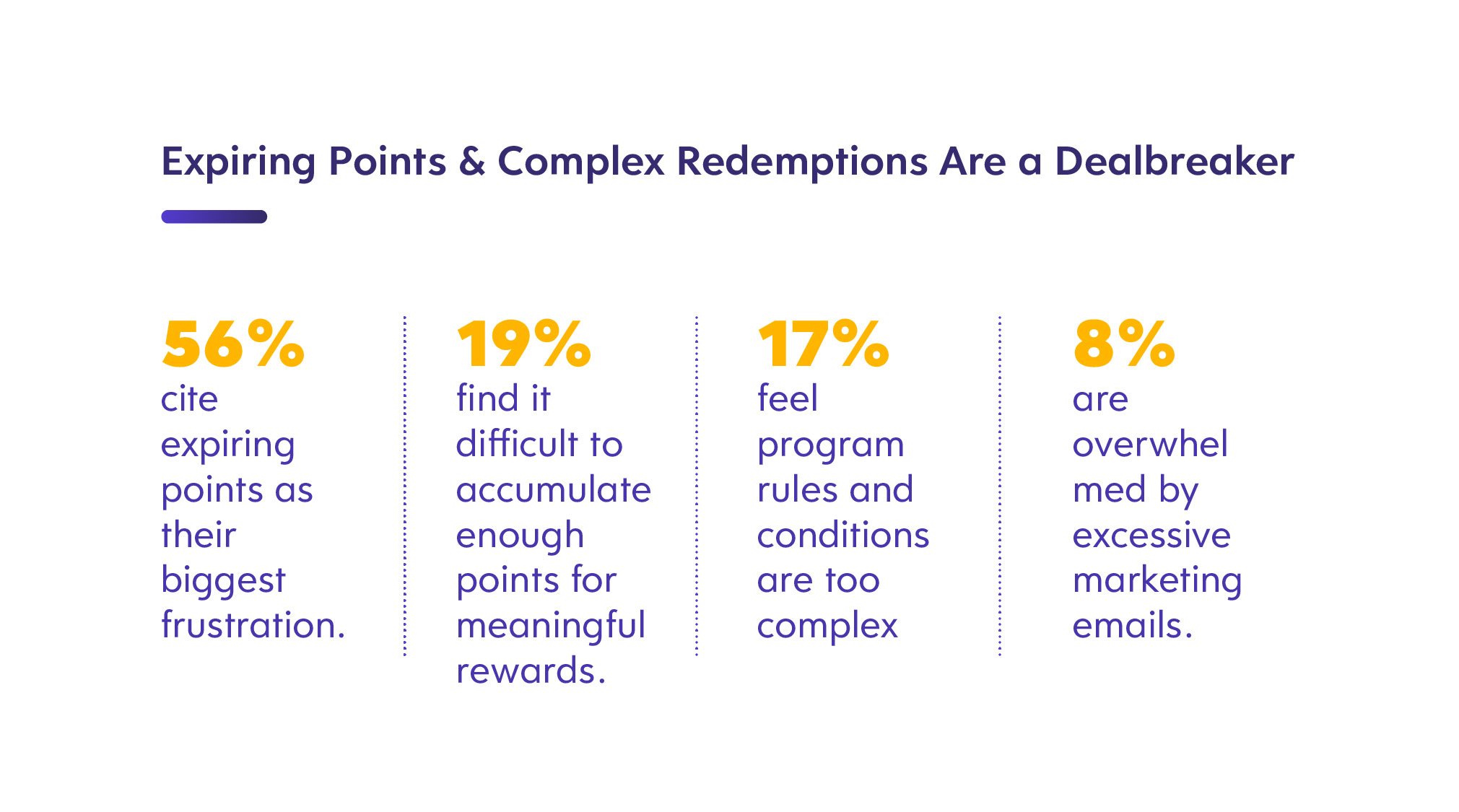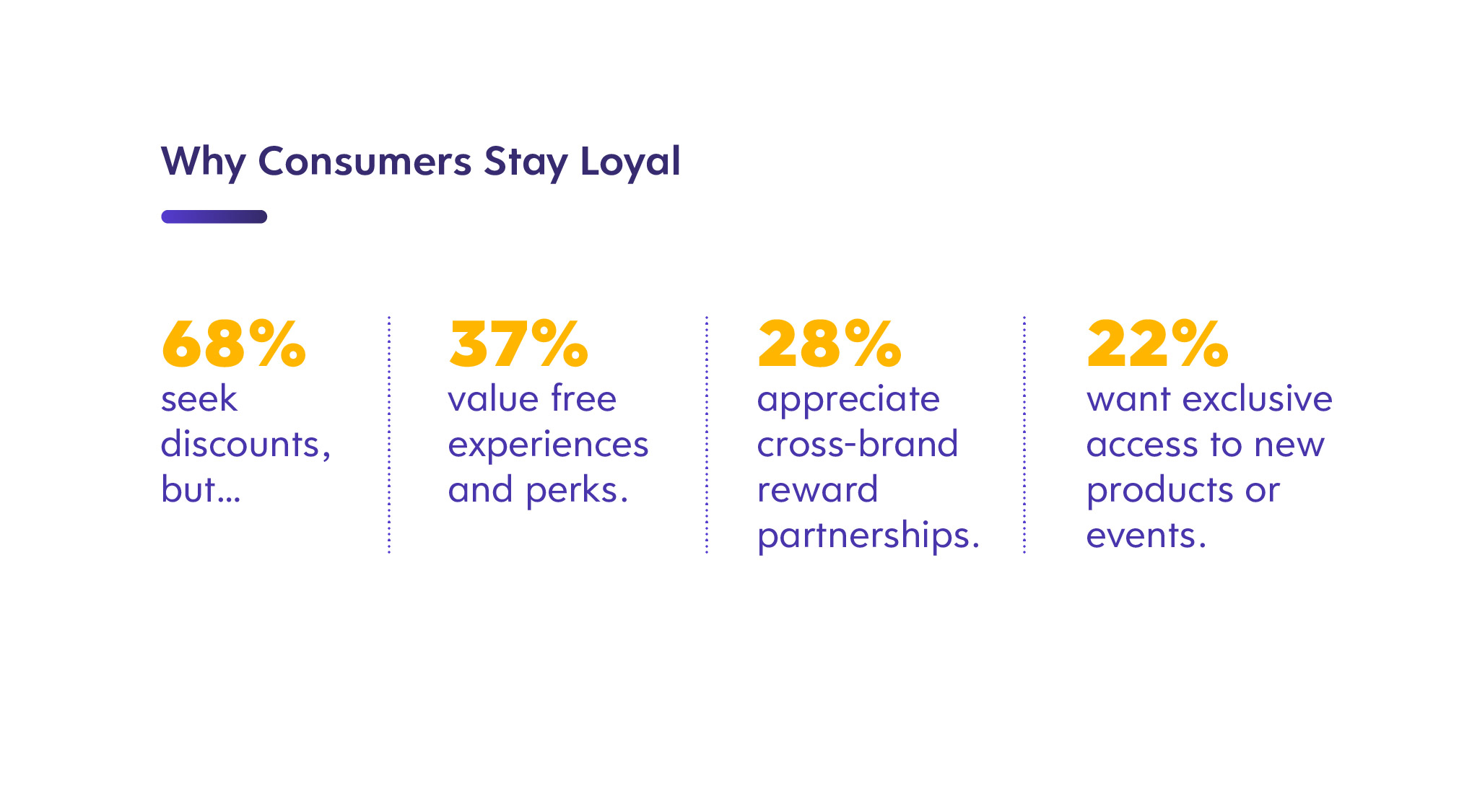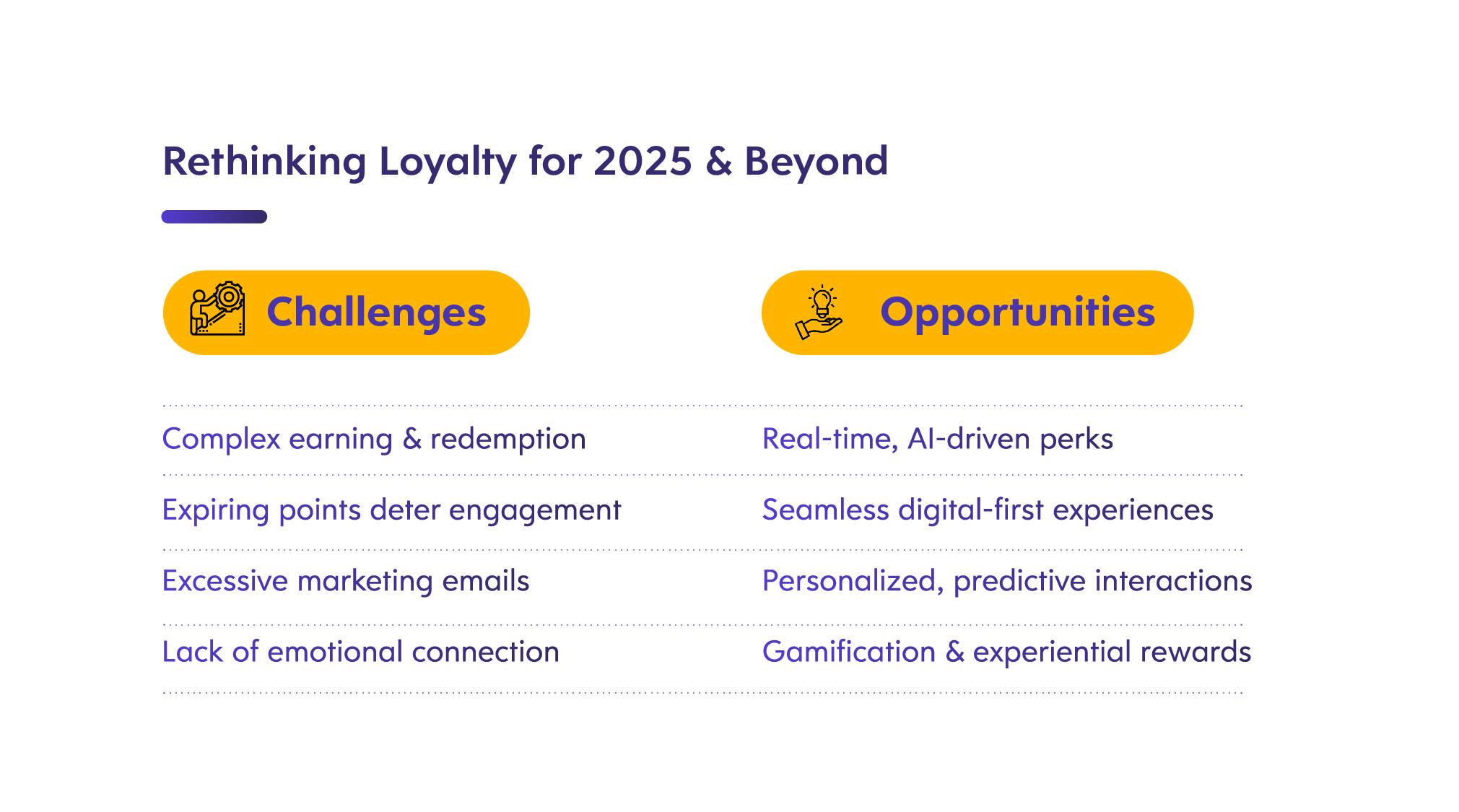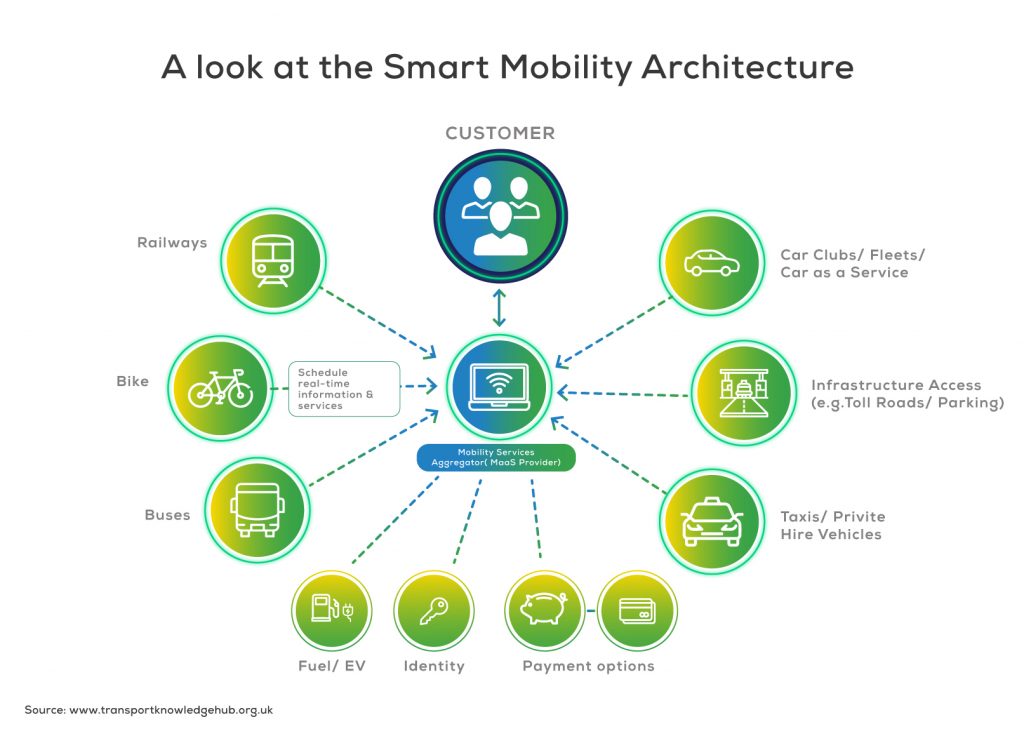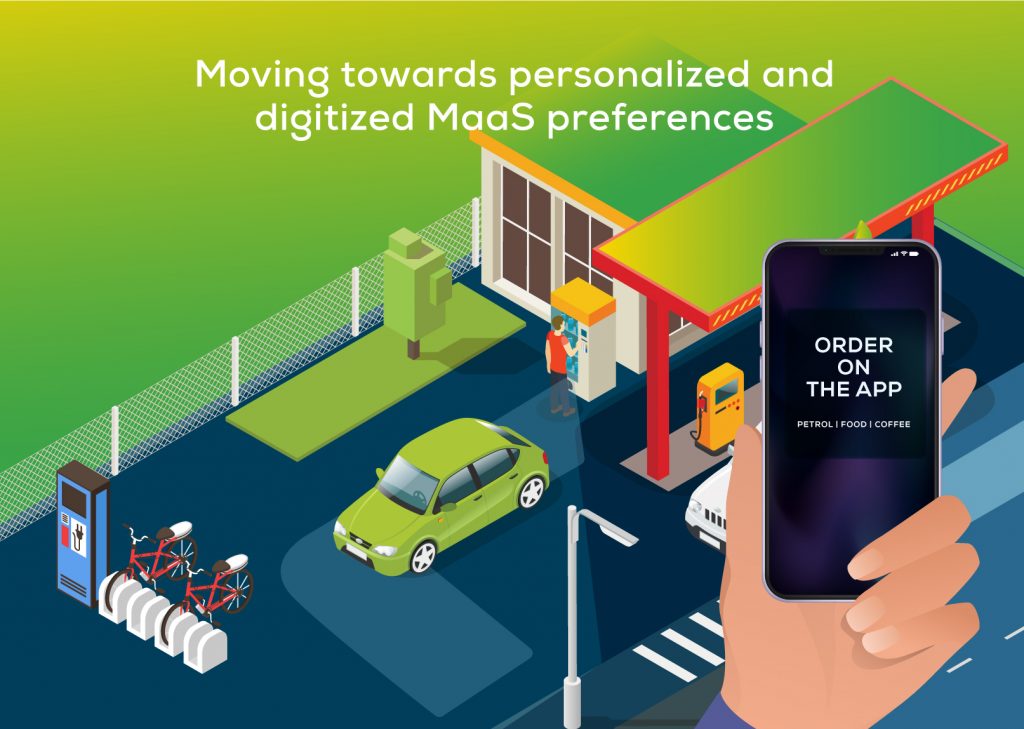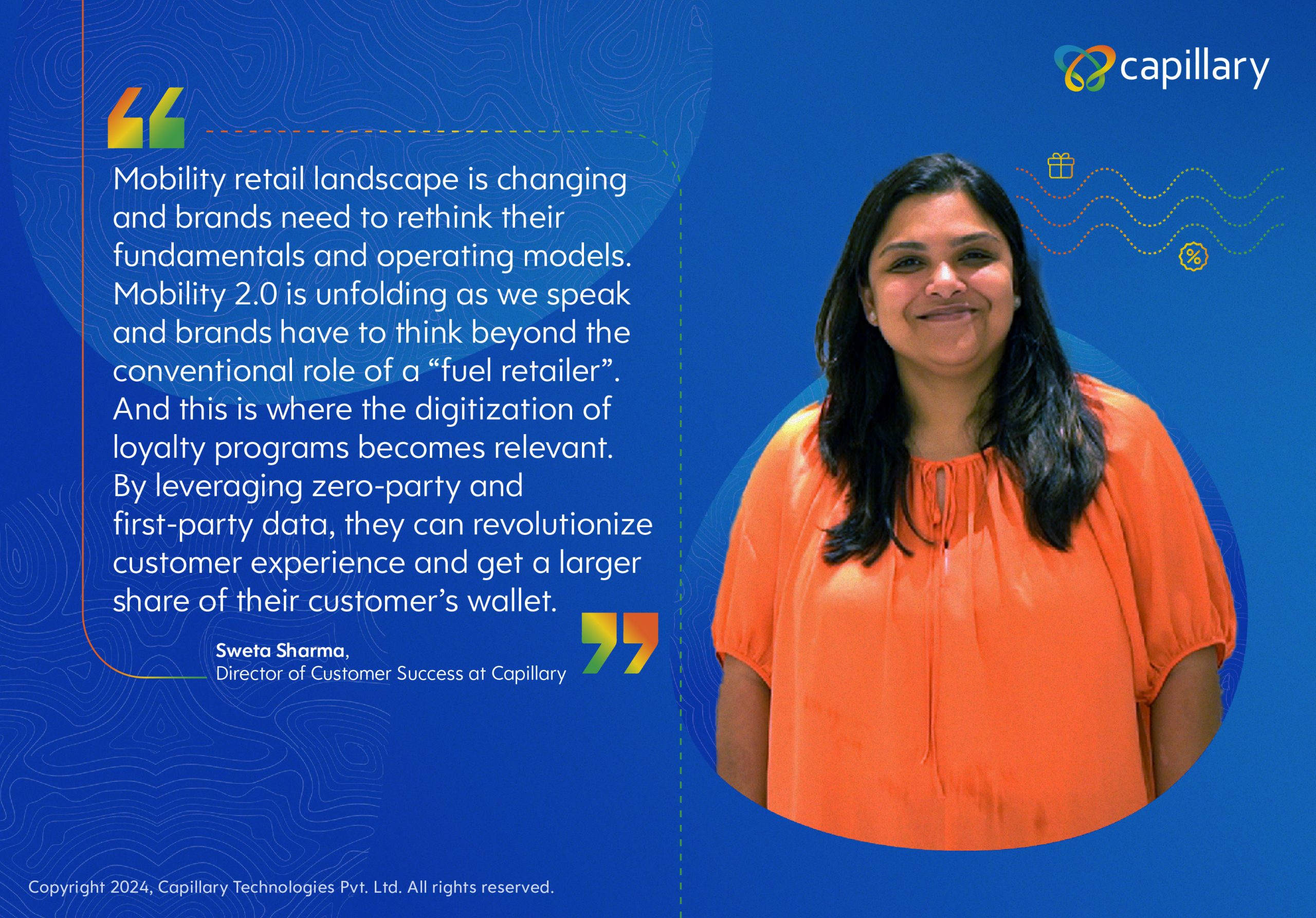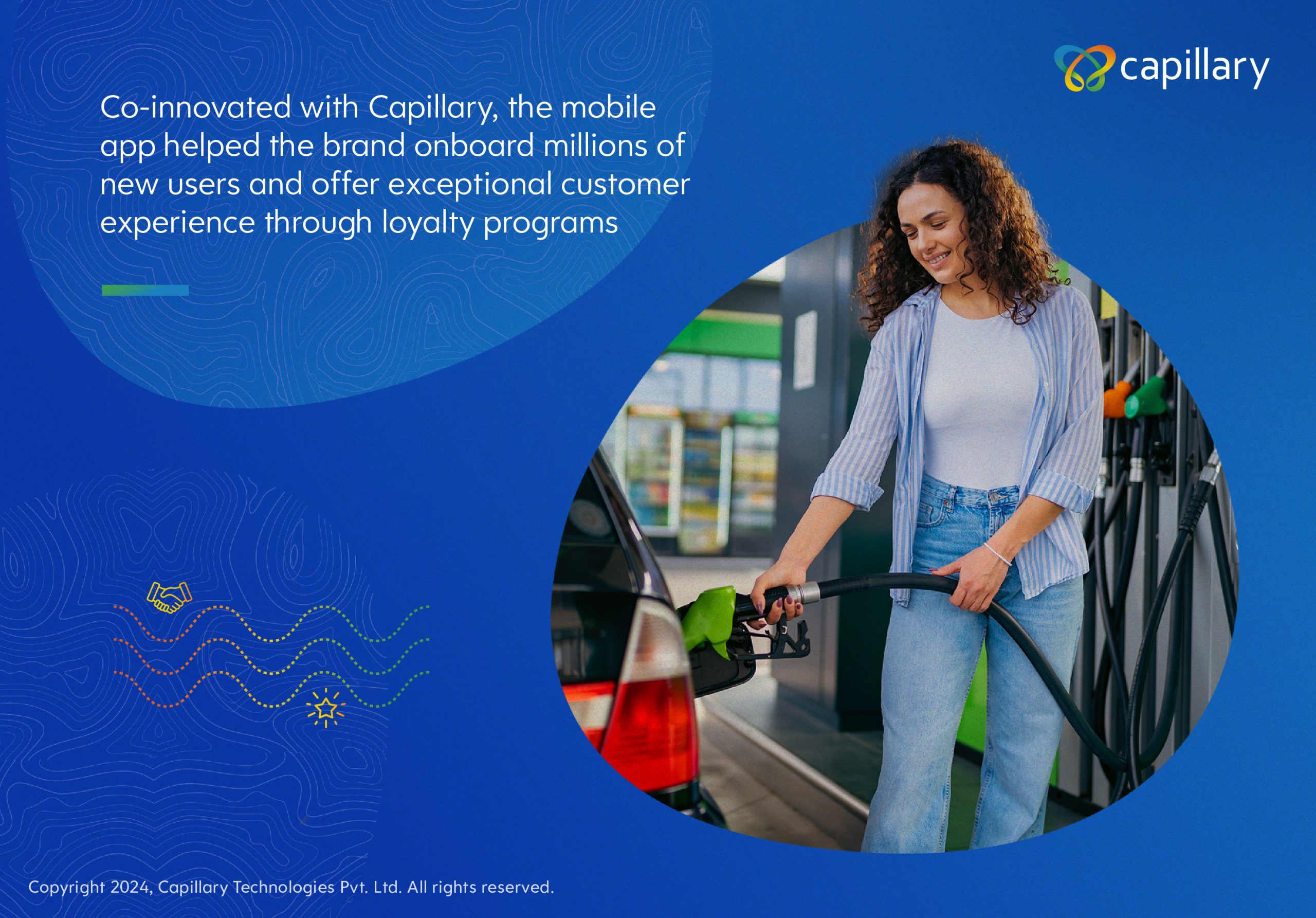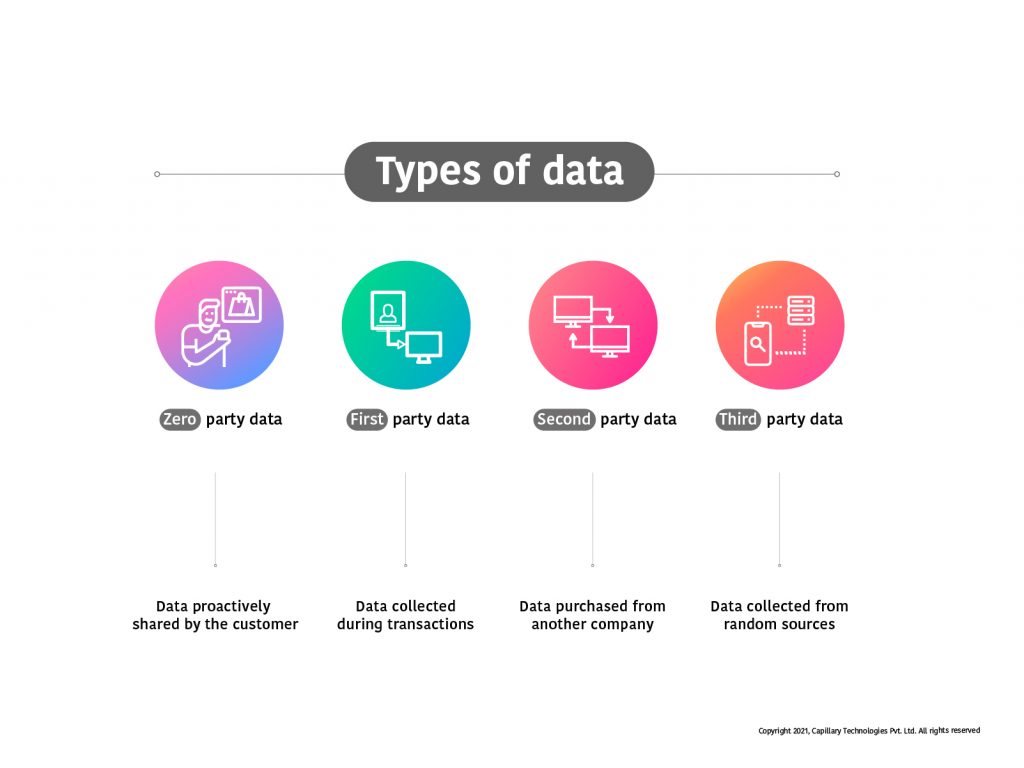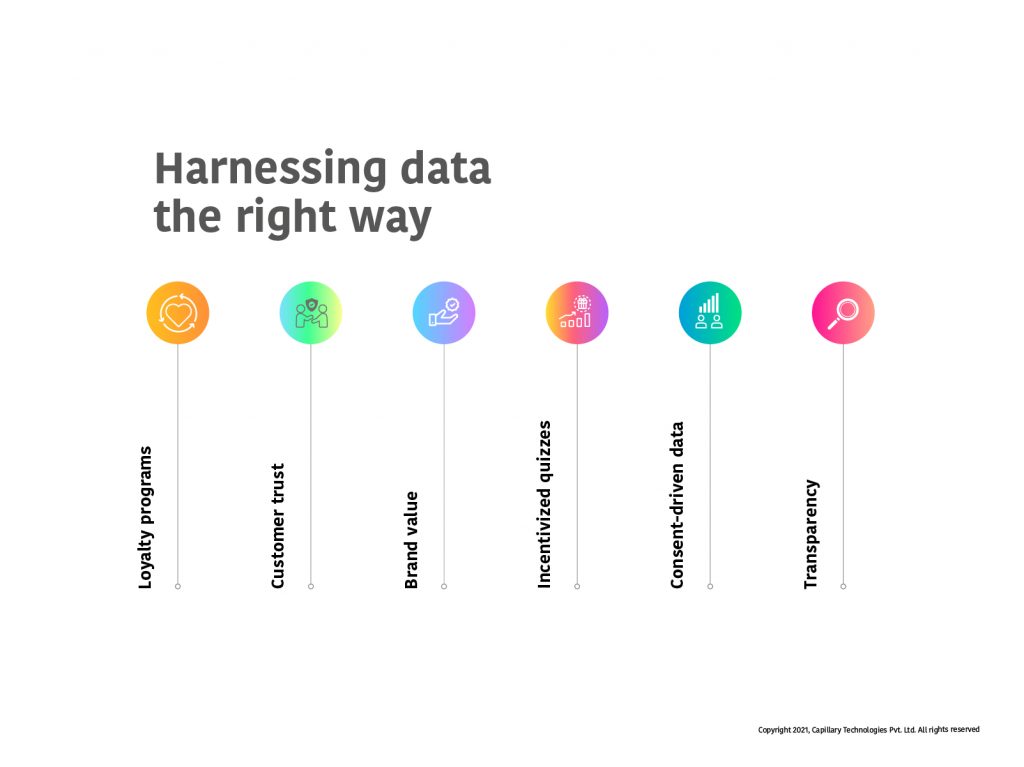The Loyalty Shake-Up: Why Brands Are Struggling to Keep Customers
Loyalty has always been a battlefield for brands, but the fight isn’t what it used to be. Consumers are no longer just looking for discounts or collecting points—they want real, meaningful connections with the brands they engage with.
As we move into 2025, businesses face a stark reality: traditional loyalty programs are losing relevance. Our survey of 200 U.S. consumers reveals a growing disconnect between customer expectations and what brands deliver. This article explores the key trends, challenges, and innovative engagement strategies that will define the future of customer loyalty in the coming years.
The Loyalty Crisis: Consumers Are Tuning Out
1. Too Many Loyalty Programs, Too Little Engagement
Loyalty fatigue is real. Consumers are overwhelmed by the sheer number of loyalty programs available today. While many enroll, only a small percentage actively participate.
|
Why? Most loyalty programs fail to create an emotional or habitual connection. Instead of driving engagement, they blend into the noise, causing consumers to forget or ignore them altogether.
🔹 The Fix:
✔ Reduce complexity—make loyalty seamless, not an extra task for customers.
✔ Move beyond transactional rewards—use AI-driven personalization to tailor offers, interactions, and experiences to individual preferences and foster long-term engagement.
✔ Implement habit-forming incentives such as gamification, VIP access, and experiential rewards that seamlessly integrate into the customer’s everyday behavior.
2. Consumers Want Simplicity: Easy Rewards & Immediate Benefits Win
Consumers have little patience for slow rewards. Today’s customers expect immediate benefits, not a system where they accumulate points over months or years. When asked what they value most in a loyalty program, respondents emphasized:
The shift toward instant gratification necessitates a reimagining of loyalty structures.
🔹 The Fix:
✔ AI-driven real-time rewards—deliver personalized offers based on customer behavior and purchase patterns.
✔ Gamification mechanics—challenges, milestones, and exclusive status perks to keep users engaged.
✔ Frictionless mobile-first experiences—one-click redemptions and AI-powered recommendations to keep engagement effortless.
3. Expiring Points & Complex Redemptions Are a Dealbreaker
Another major complaint is the complexity of redemption. Expiring points, long accumulation periods, and convoluted redemption processes cause frustration and disengagement.
🔹 The Fix:
✔ Eliminate friction—simplify reward structures and extend point validity.
✔ AI-driven nudges—reminders and prompts to encourage redemption before points expire.
✔ Seamless omnichannel redemptions—enable customers to redeem rewards online, in-store, or via mobile apps instantly.
The New Loyalty Blueprint: Emotional Engagement Over Transactions
Loyalty isn’t just about saving money—it’s about emotional connection. Understanding why consumers engage in loyalty programs is essential for brands to optimize their retention strategies.
The Problem: Financial Incentives Alone Aren’t Enough
Discounts, cashback, and savings still matter, but they do not drive long-term engagement. Loyalty programs that will succeed in 2025 and beyond will focus on experiences, emotional engagement, and interactivity.
🔹 The Fix:
✔ VIP access & early product releases—loyalty should feel exclusive, not generic.
✔ Gamification beyond purchases—interactive experiences that reward non-transactional behaviors like social sharing, reviews, and referrals.
✔ Cross-brand partnerships—allow customers to use their rewards across multiple brands for greater perceived value.
The Future: AI-Driven, Personalized, and Seamless Loyalty
As digital expectations rise, brands must adopt AI-driven loyalty models that prioritize hyper-personalization, automation, and omnichannel experiences.
📌 Survey Takeaways:
- Mobile-first programs are the dominant engagement channel.
- 25% prefer instant checkout rewards over long-term accumulation.
- 10% find gamification highly engaging. Interactive challenges, milestone rewards, and real-time incentives keep users engaged beyond simple transactions.
🔹 The Fix:
✔ AI-powered personalization—predictive analytics should deliver real-time, individualized offers.
✔ Gamification & challenges—interactive leaderboards, status levels, and milestone rewards enhance engagement.
✔ Unified omnichannel experiences—seamless loyalty interactions across online, mobile, and physical touchpoints.
Four Steps to Creating a Winning Loyalty Program
1. Leverage Data to Drive Intelligent Engagement
The foundation of a successful loyalty program is deep customer understanding. AI-driven analytics enable brands to:
✔ Segment customers and deliver hyper-personalized rewards.
✔ Execute precision-targeted campaigns based on behavioral insights.
✔ Use predictive modeling to anticipate customer desires before they even express them.
2. Make Rewards Tangible and Progress Visible
✔ Provide real-time point tracking via mobile apps.
✔ Offer tiered loyalty levels with progressively valuable benefits.
✔ Send personalized updates and reminders to encourage engagement.
3. Gamify the Loyalty Experience
Gamification turns passive engagement into active participation.
✔ Introduce badges, achievements, and milestone incentives.
✔ Create personalized challenges that encourage repeat interactions.
✔ Use leaderboards and social-sharing features to foster friendly competition.
4. Build a Community-Centric Loyalty Model
Loyalty is strongest when consumers feel like they’re part of an exclusive community.
✔ Launch VIP memberships and private groups.
✔ Offer early product access and invite-only experiences.
✔ Encourage user-generated content and social advocacy.
How Brands Are Winning with Capillary Technologies
To address these challenges, forward-thinking brands are leveraging AI-driven loyalty solutions. Capillary Technologies has played a pivotal role in helping brands transform their loyalty programs into dynamic, engagement-driven experiences.
1. Simplifying Loyalty for Millions
📌 Vishal Mega Mart
Capillary enabled Vishal Mega Mart to create a mobile-first, transparent loyalty program—‘Shop for Free.’ The initiative attracted over 100 million engaged shoppers, underscoring the impact of a user-friendly, frictionless rewards system.
2. Driving Engagement Through Real-Time Rewards
📌 Shell’s Loyalty Overhaul
By transitioning from a card-based program to an app-based, AI-driven rewards experience, Shell significantly increased member acquisition and tripled active engagement rates—a testament to the power of real-time, personalized incentives.
3. Creating Seamless Omnichannel Experiences
📌 ASICS Southeast Asia
Capillary enabled ASICS to unify online, mobile, and in-store loyalty interactions, allowing customers to seamlessly track and redeem rewards across all touchpoints.
4. Gamifying Engagement for Sustained Participation
📌 Jotun Vietnam
By incorporating gamification mechanics such as milestone-based rewards and interactive challenges, Capillary helped Jotun achieve record-breaking engagement levels among customers and partners.
The Future of Loyalty: Intelligent, Experience-Driven, and Data-Powered
The future of loyalty is not just a shift—it’s a transformation. No longer confined to transactional rewards, modern loyalty programs are evolving into intelligent, experience-driven ecosystems fueled by data, AI, and gamification. As customer expectations rise, brands that embrace personalization, seamless omnichannel experiences, and emotional engagement will lead the way in fostering deeper, long-term relationships.
This new era of loyalty demands a mindset shift—from offering mere incentives to creating immersive, habit-forming interactions that drive sustained brand affinity. The brands that succeed will be those that leverage technology to anticipate needs, personalize experiences, and make loyalty feel effortless and rewarding.
As we stand on the cusp of this next-generation loyalty revolution, one question remains: Is your brand ready to move beyond points and perks to build true, data-powered customer devotion?
This survey is just the beginning of an in-depth exploration into the future of loyalty. In our upcoming comprehensive report, we will uncover the key trends, cutting-edge innovations, and actionable strategies that are redefining customer engagement. Stay tuned as we unveil the next chapter of loyalty transformation.
